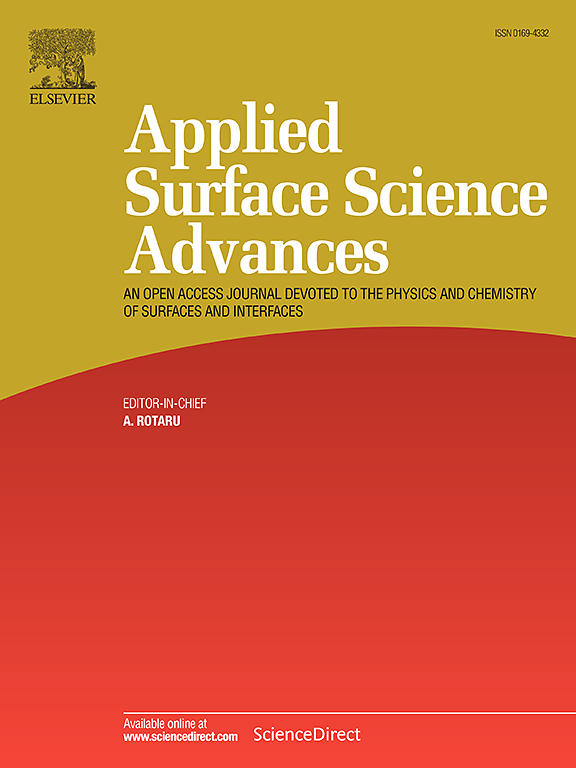Integration of biomass valorization and bicarbonate electrolysis for low-voltage production of value-added chemicals
IF 8.7
Q1 CHEMISTRY, PHYSICAL
引用次数: 0
Abstract
Bicarbonate electrolysis (BCE) utilizing captured CO2 holds promise for the production of carbon-based chemicals and fuels but exhibits a low energy efficiency due to the high theoretical voltage required to drive the anodic oxygen evolution reaction (OER). Herein, BCE is coupled with the glycerol electrochemical oxidation reaction (GEOR) instead of the OER to decrease the operation voltage and obtain glycolic acid (GCA) and other valuable products. The mechanism of the GEOR, which is catalyzed by a gold nanoparticles embedded nickel oxides combined with multi-walled carbon nanotube (Au-NiO-CNT), is probed by examining the effects of electrolyte alkalinity, with further insights provided by in situ Raman and electrochemical impedance spectroscopic analyses. The incorporated carbon nanotubes increase the catalyst's conductivity, promoting the formation of α-Ni(OH)2 on the NiO support during the GEOR and thus facilitating the establishment of Ni–OH moieties and their reaction with the primary hydroxyl groups of glycerol to increase GCA selectivity at low applied potentials. Compared with OER-coupled BCE, our process features an ∼890 mV lower operation voltage at 150 mA cm–2, high CO (86.7 % in 3 M KHCO3) and GCA (25.5 % in 0.1 M glycerol and 3 M KOH) selectivities, and a 16 % lower energy consumption at 150 mA cm–2 (76.76 vs. 91.38 MWh per ton CO).

生物质增值和碳酸氢盐电解低压生产增值化学品的集成
利用捕获的二氧化碳进行碳酸氢盐电解(BCE)有望生产碳基化学品和燃料,但由于驱动阳极析氧反应(OER)所需的理论电压很高,因此能源效率较低。在此,BCE与甘油电化学氧化反应(GEOR)耦合而不是OER,以降低操作电压,得到乙醇酸(GCA)等有价值的产物。通过考察电解液碱度的影响,并通过原位拉曼和电化学阻抗谱分析提供进一步的见解,研究了嵌入镍氧化物的金纳米颗粒与多壁碳纳米管(Au-NiO-CNT)结合催化GEOR的机理。加入的碳纳米管提高了催化剂的导电性,在GEOR过程中促进了NiO载体上α-Ni(OH)2的形成,从而促进了Ni-OH基团的建立及其与甘油的伯羟基的反应,从而提高了低应用电位下GCA的选择性。与oer耦合的BCE相比,我们的工艺在150 mA cm-2时的工作电压降低了~ 890 mV, CO (3 M KHCO3时为86.7%)和GCA (0.1 M甘油和3 M KOH时为25.5%)的选择性高,150 mA cm-2时的能耗降低了16%(76.76比91.38 MWh /吨CO)。
本文章由计算机程序翻译,如有差异,请以英文原文为准。
求助全文
约1分钟内获得全文
求助全文

 求助内容:
求助内容: 应助结果提醒方式:
应助结果提醒方式:


